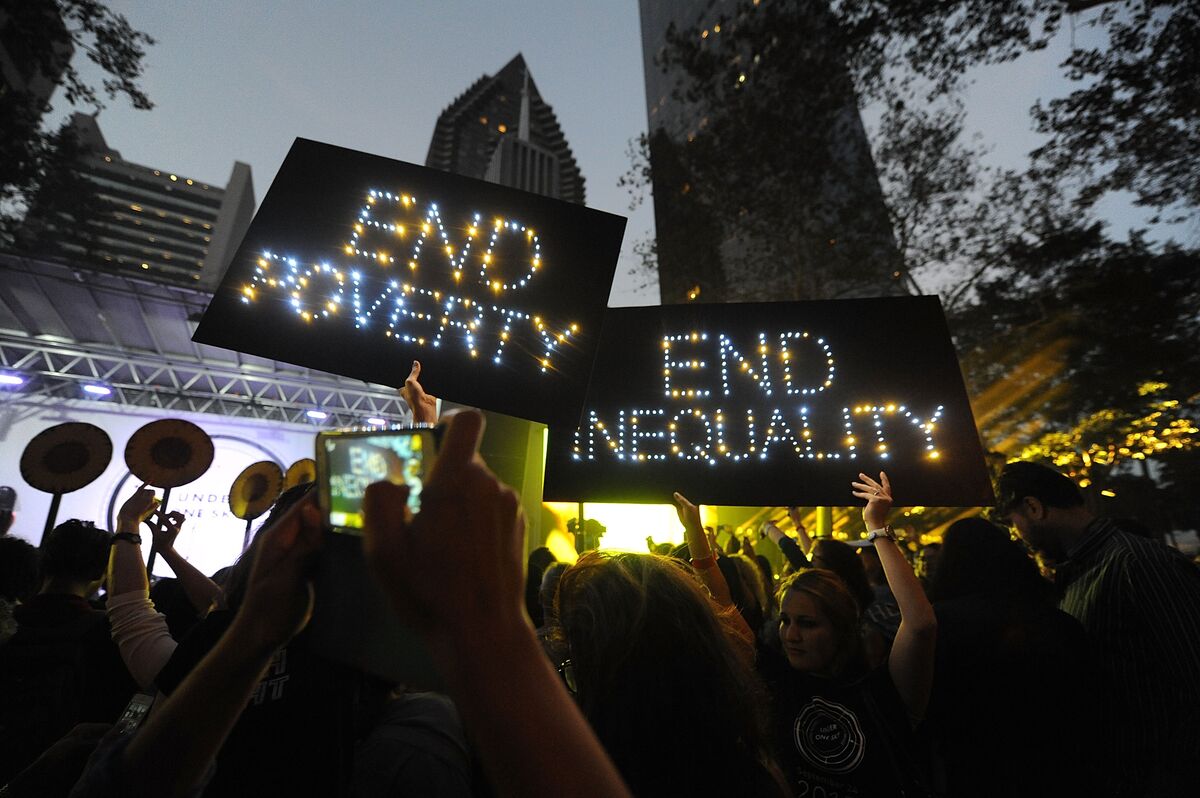
Today’s state of extreme economic inequality is a problem best approached with science — using it to make specific measurements, identify root causes, and develop workable solutions. Archaeology is revealing a broad picture that spans thousands of years of prehistory, challenging some of the pervasive biases about the inevitability of inequality as people form larger communities or advance technologically.
In a vast region of central Europe, farming communities defied expectations by living in houses that were all roughly the same size, leaving no trace of palaces, kings or other nobility — and they did so for five millennia. When future archaeologists study the 21st century, they’ll find the opposite. According to recent global data, the bottom 40% of the population on the economic ladder possesses just 0.6% of the world’s wealth.



